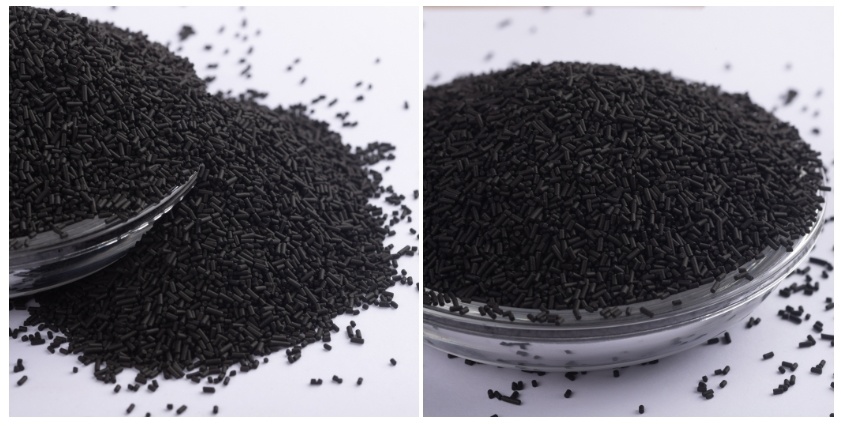A Beginner’s Guide to Carbon Molecular Sieves and Their Applications in China
Carbon molecular sieves (CMS) are highly efficient adsorbent materials used for gas separation. Their unique microporous structure allows them to selectively trap specific gas molecules, making them invaluable in industries ranging from chemicals to environmental protection.

What Are Carbon Molecular Sieves?
CMS are made from carbon-rich materials like coal or coconut shells, processed to create a network of tiny pores. These pores selectively adsorb gases based on molecular size and diffusion rates. For example, in nitrogen generation, CMS adsorbs nitrogen faster than oxygen, enabling high-purity oxygen production.
Key Applications in China
China is a leading producer and consumer of CMS, driven by industrial growth and environmental policies. Major uses include:
Gas Separation: Used in PSA (pressure swing adsorption) systems to produce nitrogen for electronics, food packaging, and chemical synthesis.
Oil & Gas Industry: Purifies natural gas by removing CO₂ and moisture.
Environmental Protection: Captures CO₂ emissions and volatile organic compounds (VOCs) to meet China’s green initiatives.
Why Are CMS Important?
Energy Efficiency: More cost-effective than cryogenic separation.
High Selectivity: Can separate gases with similar molecular sizes.
Durability: Long service life with minimal degradation.
Future Outlook
As China advances toward carbon neutrality, CMS will play a bigger role in carbon capture and hydrogen production. Research focuses on improving pore structure for higher efficiency.
For industries seeking sustainable gas separation, CMS offers a reliable and eco-friendly solution, making it a cornerstone of China’s industrial and environmental strategies.
Related News

TOP



